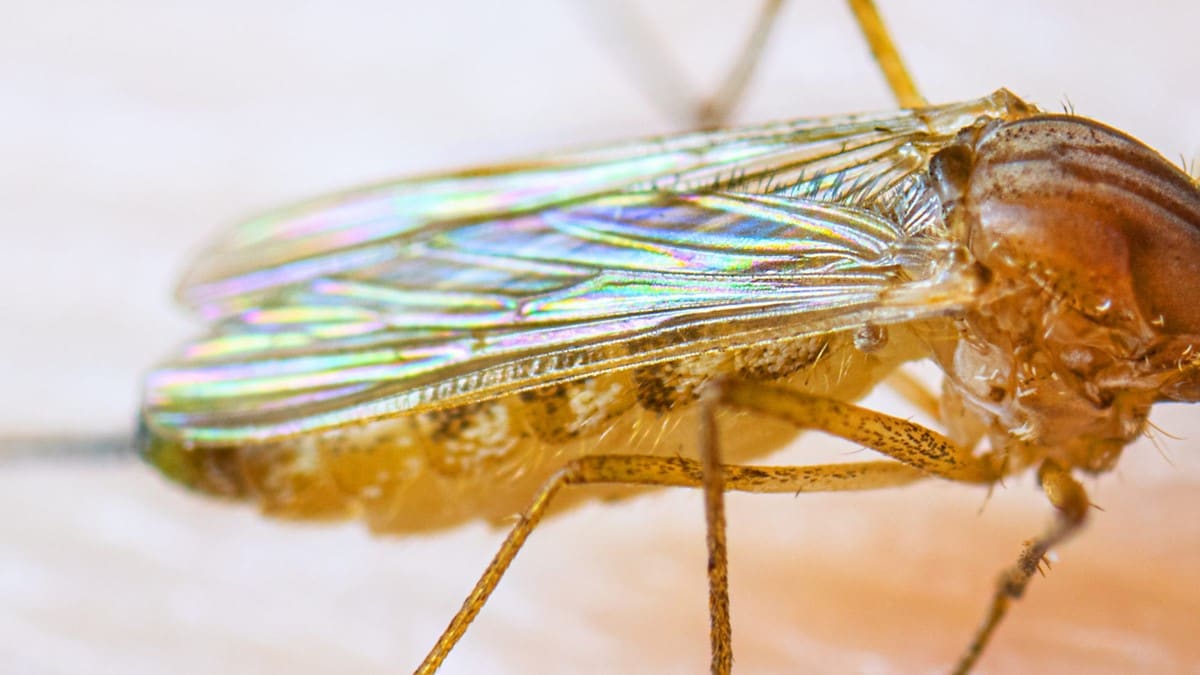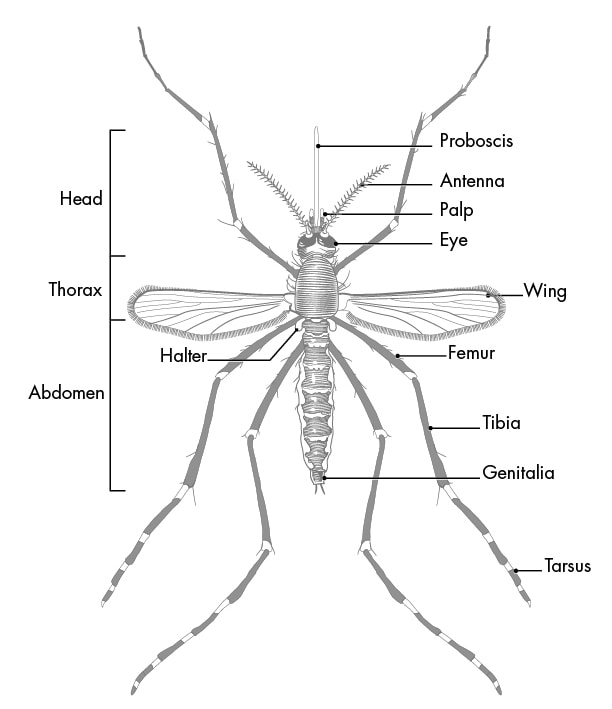Key points
- Mosquitoes are common, flying insects that live in most parts of the world.
- Over 3,700 types of mosquitoes can be found worldwide.
- When a mosquito bites a person, common reactions to the bite are itching and swelling.
- Some mosquitoes are vectors. A vector is an animal, insect, or tick that spreads germs to people or animals that can make them sick.
- Nuisance mosquitoes bite but do not spread germs.
More Information

Facts about mosquitoes
Almost everyone has been bitten by a mosquito. Mosquitoes can spread pathogens (germs) through bites. A person who gets bitten by a mosquito and gets sick has a mosquito-borne disease like West Nile virus, dengue, or malaria.
- Adult mosquitoes live indoors and outdoors.
- Mosquitoes can bite day and night.
- Adult mosquitoes live for about 2 to 4 weeks depending on the species, humidity, temperature, and other factors. Females often live longer than males.
- Only female mosquitoes bite people and animals to get a blood meal. Female mosquitoes need a blood meal to produce eggs.
- Mosquitoes get infected with germs, such as viruses and parasites, when they bite infected people and animals.
- A few infected mosquitoes can start an outbreak in a community and put you and your family at risk of becoming sick.
Parts of adult mosquito

Head
The head has many organs that help mosquitoes eat, see, and smell.
- Antennae: Long feather-like organs that detect carbon dioxide from a person's breath and movement of air.
- Eye: Mosquitoes have two large compound eyes that detect movement.
- Palps: Organs between the antennae that sense odor.
- Proboscis: Both female and male mosquitoes use the proboscis to feed on flower nectar and fruit juices.
- In female mosquitoes, this mouth part pierces the skin of a person or animal and sucks out blood.
- The male's proboscis is not strong enough to pierce skin, and males do not feed on blood.
- In female mosquitoes, this mouth part pierces the skin of a person or animal and sucks out blood.
Thorax
The thorax is connected to the head. Wings and legs are connected to the thorax.
- Halter: A small wing-like organ used for steering while flying.
- Wing: Mosquitoes have two wings used for flying.
- Leg: Mosquitoes have six legs like other insects.
- Femur: Upper part of the leg.
- Tibia: Middle part of the leg.
- Tarsus: End of the leg that helps mosquitoes stand and walk on water.
Abdomen
The abdomen connects to the thorax and serves as the stomach, reproductive system, and part of the respiratory system.
Genitalia: Where eggs are released from the female.
